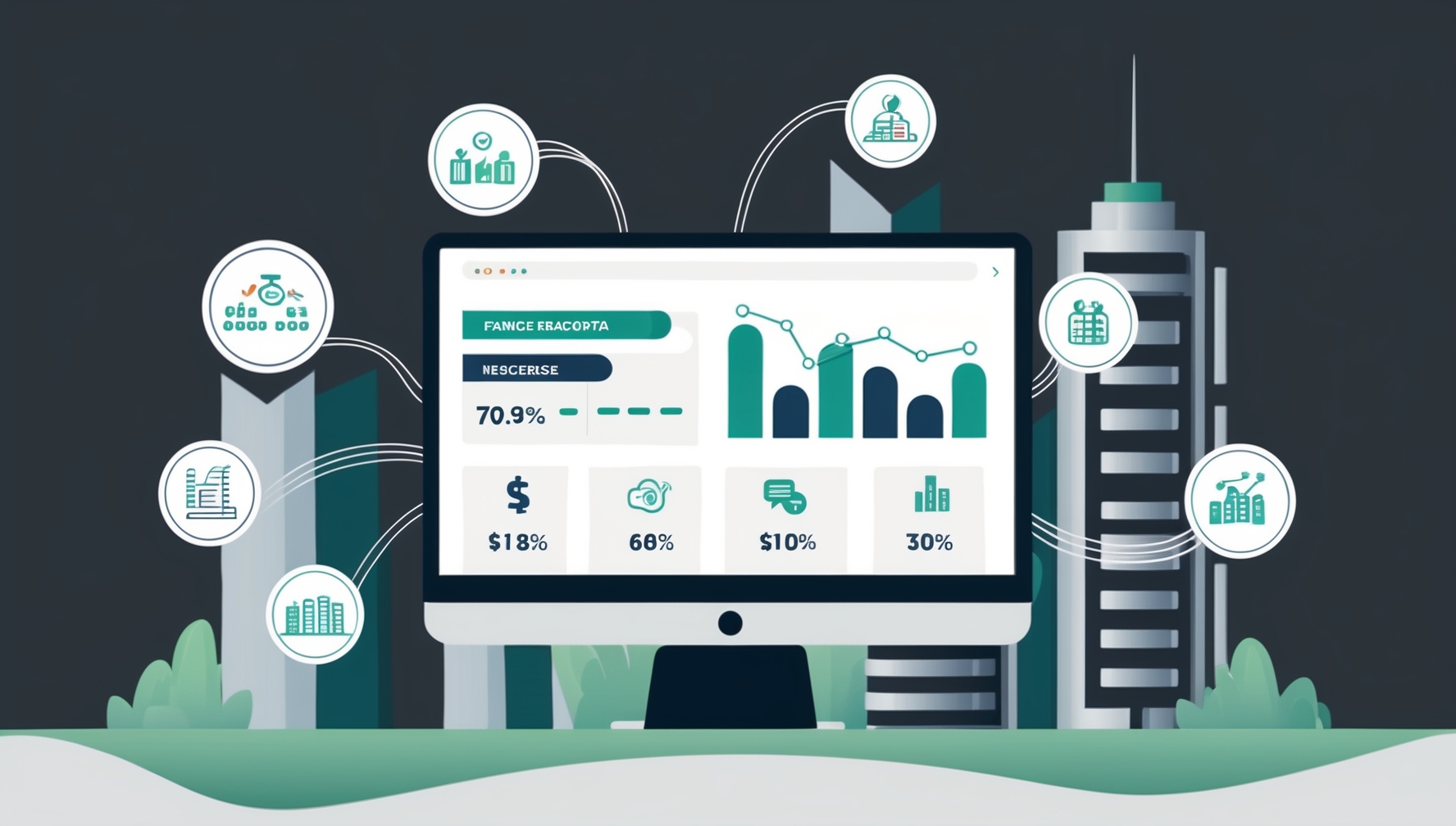Introduction to Strategy Maps: Definition and Benefits
This article provides an introduction to strategy maps: What are strategy maps? Why are they important? How to implement strategy maps in your organization?
This article provides an introduction to strategy maps: What are strategy maps? Why are they important? How to implement strategy maps in your organization?

This Balanced Scorecard primer offers a foundational guide on adapting the BSC for real-world applications. Focusing on operationalizing strategy, it provides insights into how organizations can align day-to-day operations with long-term goals. Readers will learn how to apply key performance metrics, tailor the BSC to unique organizational needs, and integrate both financial and non-financial measures for comprehensive performance management. This resource is ideal for CIOs, operational managers, and business leaders looking to improve strategic alignment and measurable results.
<span style="line-height: 1.6em;">Are IT Balanced Scorecard and IT Strategy Maps doing a good job of communicating IT's value proposition to the business? Are these tools being used correctly to drive the IT agenda and plan? The author argues that IT Strategy Maps can be used better to communicate the value of IT and shows how. Good Read!</span>
This stage gate review guide provides an overview of a step by step process to assess investment projects and programs for compliance and meaningful progress. This review process comprises of several steps – one each at a critical decision point. The guide describes each step, the purpose and an overview of its execution.
This first review or gate in the state gate review answers the question: How does this investment and its implementation program fit into our overall strategy? The response confirms that the program has merit in context, has been selected based upon thorough analysis and research, and is feasible i.e. can be implemented to achieve results.
The second review or gate evaluates the investment program's business case for compliance and feasibility – will it work? will it deliver promised results? – or in other words is this promise too good to be true? This review ensures key stakeholder support and buy-in to the program, tight coupling of the program and business objectives, and a thorough review of the cost, benefits and risks identified in the business case for accuracy, and completeness.
This third review or gate defines a clear plan for program implementation taking into account the vendor and supplier market and aligning it with project needs – are we ready for program implementation? are we ready for supplier/vendor participation? do we have a robust build or buy strategy and plan? At this review, an evaluation of assumptions and parameters of a business case is also revisited.
This fourth review or gate builds upon the build versus buy strategy by confirming that the project is still required, affordable and achievable, and making sure that before any work is awarded to an implementation partner that their selection is based upon a robust analysis – they are worthy and capable of delivering results before they are engaged.
This fifth review or gate assesses organizational readiness for change, confirms the proposed solution's applicability and robustness, operational budgets are in place, and a process to measure results after implementation.
This sixth review or gate confirms if the program is delivering promised benefits. This review is conducted post implementation or at specific decision points after implementation has commenced. It may be repeated after implementation is completed and throughout the service life of the implemented solution. Lessons learned are applied to future investments to further hone in successful policies, processes and practices.